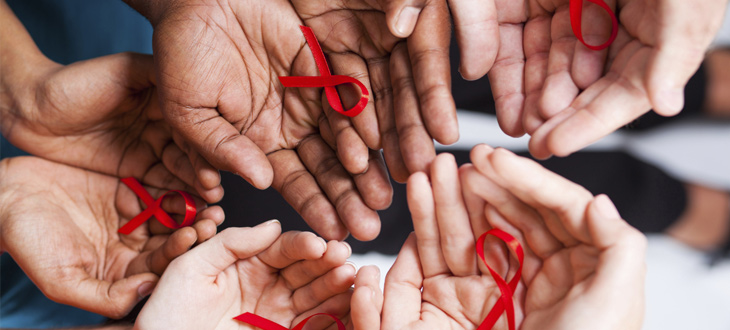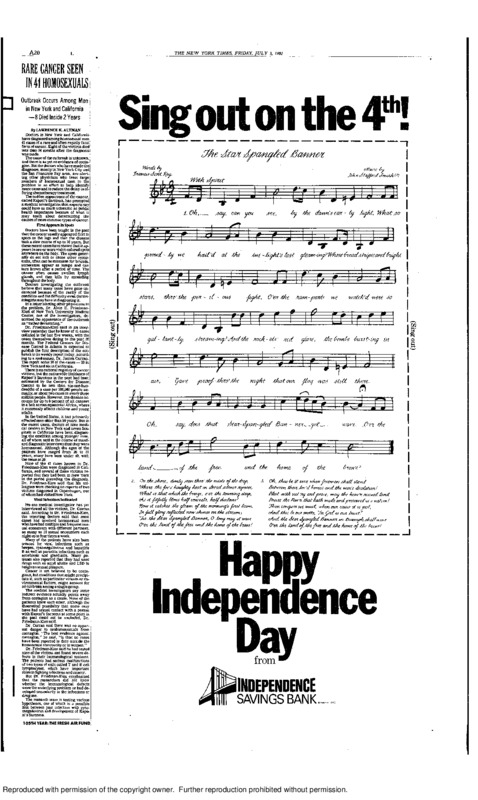Rare Cancer Seen in 41 Homosexuals
This article, Rare Cancer Seen in 41 Homosexuals, was written by Lawrence Altman for the New York Times on July 3, 1981 before doctors had an understanding of what AIDS was. At the beginning of the AIDS outbreak, many homosexual men, predominantly in New York and California, were showing signs of Kaposi Sarcoma, which is a cancer that appears as, “violet-colored spots anywhere on the body.” Kaposi Sarcoma is a rare cancer and its sudden outbreak in the homeosexual community posed many questions, as doctors and patients alike were searching desperately for answers. For the article, Altman interviewed a doctor, Dr. Friedman-Kien, from New York University Medical Center who was treating numerous Kaposi Sarcoma patients. Along with the rare nature of the cancer, Dr. Friedman-Kien found it puzzling that patients with Kaposi Sarcoma were usually older men, yet during its outbreak it was mainly affecting much younger, homosexual men. Since today AIDS, known as Acquired Immune Deficiency Syndrome, is widely known and studied, doctors and the general population know its causes in relation to the immune system. Altman’s article addresses this as Dr. Friedman-Kien describes testing nine Kaposi Sarcoma patients and finding immunological defects and deficiencies in their T and B cells, which play important roles in fighting disease and cancer. Altman’s articles played a major role in raising awareness and searching for answers to the horrible epidemic that was becoming increasing prominent in the United States of America in the early 1980s.
LAWRENCE K. "RARE CANCER SEEN IN 41 HOMOSEXUALS." New York Times (1923-Current file), Jul 03, 1981, pp. 1. ProQuest, http://proxy-remote.galib.uga.edu:80/login?url=https://search.proquest.com/docview/121680393?accountid=14537.

